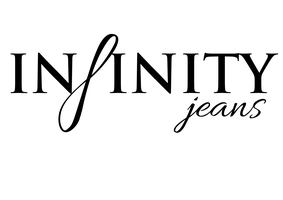Denim Lingo - Defined
Wash
The finish of the jean. A jean gets broken in before you buy it; there is a huge gamut of washes in denim. Designers spend years perfecting it. Depending on how controlled the process is or if it is done by hand the cost of a jean can really vary.
Rinse
When denim is washed with a softener to make it softer. These softeners can be clear or dark and can alter the color of a jean significantly.
Whiskering
Pigment is removed in areas where natural wear would occur due to creases, if this look is done right it can be very flattering on certain body types.
Rise
The distance between the crotch and the waist. Jeans are offered in low- rise, mid-rise, and high-rise.
Hemming Jeans
We recommend re-attaching the original jean hem.
Inseam
The measurement taken from the underside of the crotch (known as the top inseam point) to the bottom side of the ankle (the lowest inseam point).
Jegging
a legging that is styled to look like a jean.
Contoured Waistband
Is attached a little below the high hip area and fits the curve of the figure and the fabric, instead of a straight across cut.
Hardware
All the buttons, snaps, zippers, grommets and studs on a jean.
Stretch
A percent of lycra in a jean. Most are 2% but it varies-a jegging can have up to 20%.
Non-Stretch
100% cotton- more rigid jean.
Bootcut
Jean is tapered to the knee and subtly flares at the calf to fit a boot.
Wide Leg
A full cut through the leg, with a wider opening at the bottom.
Skinny
A fitted jean that decreases in diameter from the knee to the ankle.
Straight Leg
A pant this is cut straight and consistent from hip to ankle, the diameter of the opening never changes.




